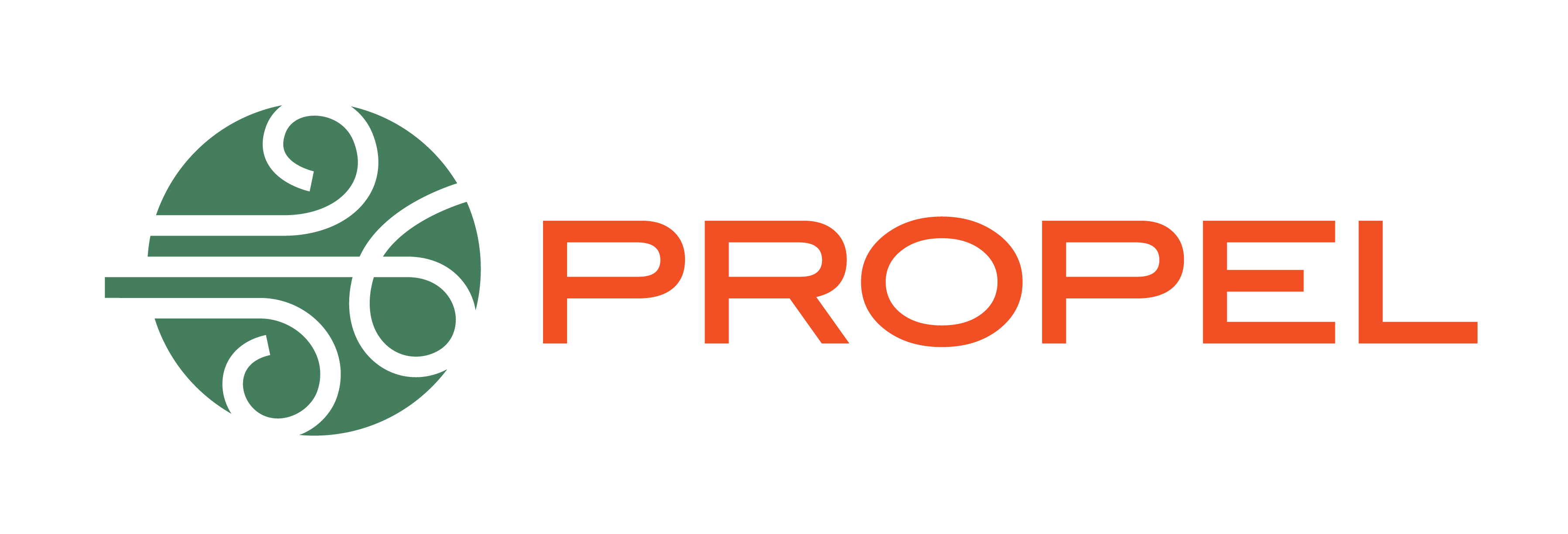In short, a culture assessment should measure what your employees experience as they work at your organization. The assessment should clarify what is valued inside the culture, because that is what drives behavior. That said, “experience” and “valued” can mean a million different things, so how do you boil it down?
Well, every culture assessment has its own model for boiling things down. Our model measures these eight areas (called culture markers): Agility, Collaboration, Growth, Inclusion, Innovation, Solutions, Technologies, and Transparency.
These markers aren’t just randomly chosen aspects of culture; they are grounded in a deep understanding of how contemporary organizational dynamics play out. We try to avoid simplistic, reductive metrics often seen in culture assessments. Instead of categorizing areas as merely “good” or “bad,” it positions them along a continuum from traditional to contemporary to futurist. This nuanced approach acknowledges that not all organizations need to be “futurist” in every aspect to succeed, but it encourages a strategic alignment of cultural qualities with the organization’s mission, industry, and goals.
Consider the marker of Agility—it’s about more than just speed. It’s how an organization removes obstacles, stops things that are no longer adding value, and embraces a dynamic approach to control and responsibility. Or take Inclusion, which includes authenticity and acceptance, but also how you include people at all levels in planning and share your strategic objectives. These markers, along with the others, provide a rich, complex picture of organizational culture, which is what you need if you want to make it better.
If you want to see how these culture markers can be converted into an action plan for a better culture, get our new book, Culture Change Made Easy (or click here for more information on our assessment specifically). The book digs into the underlying patterns within each marker, so check it out.
